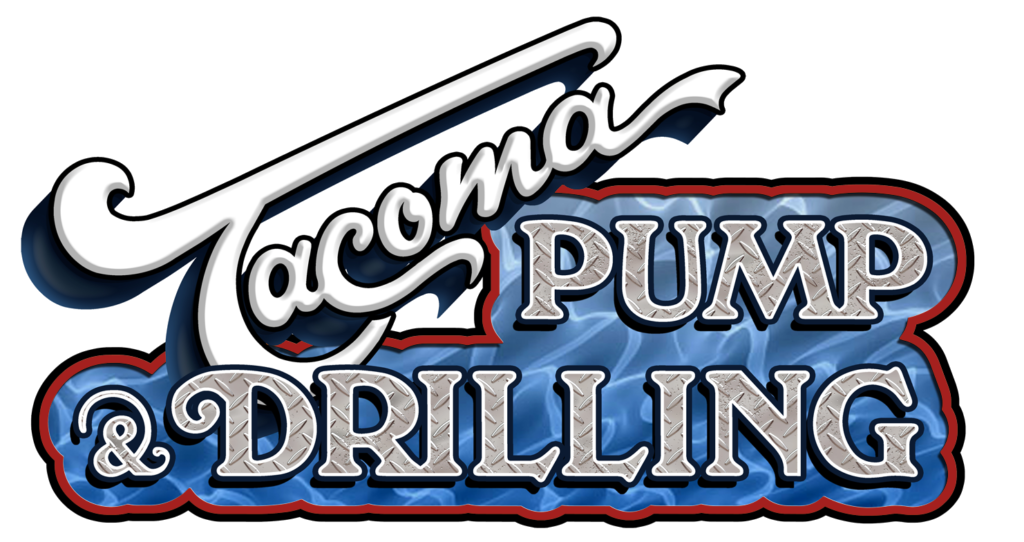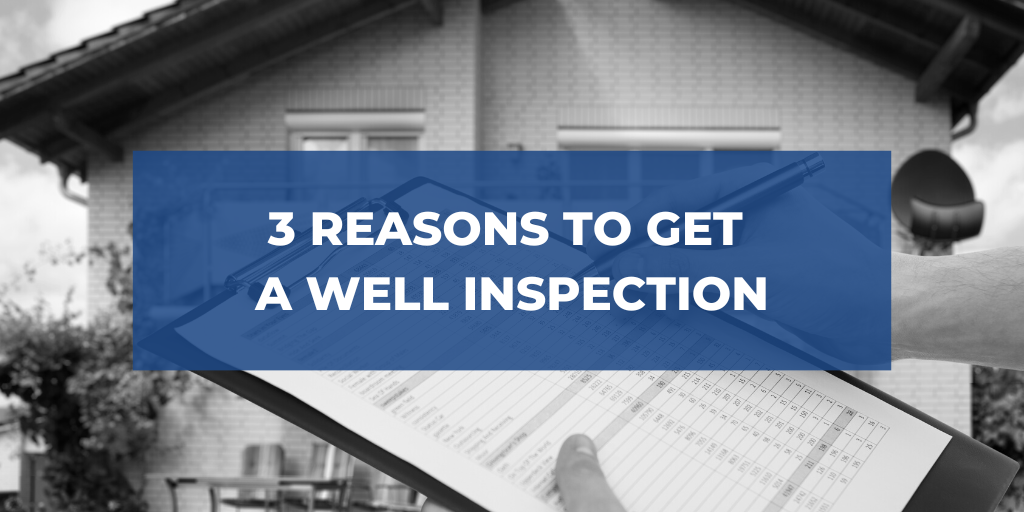In the current real estate market, homes are selling almost faster than they can be inspected. Competition is driving new homeowners to accept properties “as is” so they don’t miss out on owning a home. When it comes to buying a property with a well, taking time to perform a well inspection is incredibly important. Confidence in your home’s water supply means you can feel secure that your family is drinking clean, healthy water.
When you opt for a well inspection, here are three things every inspection should reveal about your new well.
Well Inspection Basics
If you’ve previously owned a property with a well, then you understand the importance of well maintenance. However, when buying a new property, there is no guarantee that the previous owner properly maintained their well.
Well inspections performed by a professional help to ensure the well and property are ready to supply clean, safe drinking water to your home. While we always recommend making sure the well is properly located on your property (set back appropriately from sewage, buildings, animals, and the property line), there are several other reasons to perform a well inspection.
Common Well Water Contaminants
Well water should be tested regularly (annually at minimum) for some of the most common groundwater and surface water contaminants. These include bacteria, arsenic, and nitrates.
Before purchasing property with a well, it’s important to know if your new well is experiencing contamination from surface water. The most common bacteria uncovered by a well inspection include Fecal Coliform, e. Coli, and Coliform. Coliform can show up due to cross-contamination in sampling, so it is recommended that you hire a professional to perform your well inspection.
Fecal coliform and e. Coli in well water are not common but are certainly a cause for concern. These bacteria infiltrate water supply through improper setbacks from sewage systems, leaks in underground pipes, a nearby animal yard, or even a dead animal near or within the well itself. Again, while not a common occurrence, before purchasing a new well, inspecting for such contaminants brings peace of mind.
The other common water contaminants uncovered in a well inspection include arsenic and nitrates. The level of arsenic considered safe has changed over the years, so if your well is older, this is an important test to perform. The current federal drinking water requirements for arsenic are 10 parts per billion. Because arsenic is a naturally occurring contaminant, where your property is located can impact the amount of arsenic in your drinking water.
Nitrates are another naturally occurring contaminant found in water, air, plants, and soil. The reason we test for nitrates is that it also infiltrates surface water through some farming practices. Well inspections ensure your drinking water maintains safe levels.
Water Flow Issues
Flow testing helps determine whether or not the well provides a sustainable source of water. While your well inspection may not include a comprehensive analysis of your pump and well supply, it should include at least an examination of water flow.
There are a few ways to perform a flow test. The most common is simply running your water and measuring the amount of water flowing from the well. A well inspection can also determine how deep the well is (if this isn’t documented), and possibly even the water level. Water level testing usually requires sonic testing equipment, so be sure to ask whether this is available for your inspection.
Failing Well Components
The final item every well inspection should include is an examination of well components. Some of the most common include pump motor controls, pressure and float switches, pressure tanks, wellhead and cap, and any electrical parts (such as the control box). A professional inspector will look for the standard measurements required by the manufacturer of your well components. They will also know how to determine if any components are slowly degrading in order to help you prevent issues later down the road.
Schedule a Well Inspection Before You Buy
Taking time to schedule a well inspection is a key part of buying a home with a well. If your inspection reveals that the well is failing or has failed, the next step is to decommission the well and drill a new working well for the property. Tacoma Pump and Drilling provides both decommissioning and drilling services throughout Washington State. Contact us for a quote for any of our many well drilling services.

